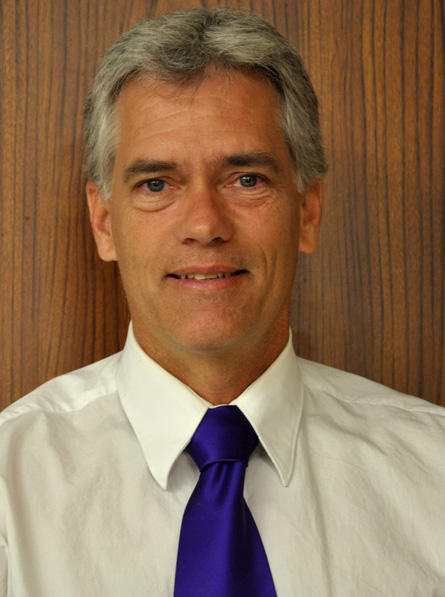
Recently, the National Commission on Forensic Science (NCFS) released a series of draft regulations through regulations.gov:
- Initial DRAFT Recommendation on AFIS Interoperability
- Initial DRAFT Recommendation on MECIN
- Initial DRAFT Recommendation on National Code of Ethics and Professional Responsibility for the Forensic Sciences
- odag153 2015_04_15 (Notice of Federal Advisory Committee Meeting)
- Initial DRAFT Recommendation on Root Cause Analysis
- Initial DRAFT Views Document on Testimony Using the Term Scientific Certainty
- Initial DRAFT Views Document on Pretrial Discovery of Forensic Materials
- Initial DRAFT Views Document on Judicial Training Criteria
- Initial DRAFT Policy Recommendation on Increasing the Supply of Forensic Pathologists

Be careful in your list of discovery materials to NOT include data. Data results should only be supplied to the opposing side if that side has acquired a forensic expert in the appropriate discipline who is capable of properly interpreting the data. It would be inappropriate and possibly dangerous for an unqualified lay-person to attempt to interpret data. (source)
He is entitled to his opinion. I think it is wrong. I submitted my own comment. It is Comment Tracking Number: 1jz-8ih2-877a:
It is impossible to draft a provision that covers such a broad field as pre-trial discovery in all forensic cases. These 4 principles are a good start.
I agree with others in their comments for allowing/requiring the disclosure of what in the clinical and the broader testing industry would be referred to as Quality Management System such as those based on ISO 15189 and CLSI GP26-A3 (e.g., policies, procedures, and instruction, calibration records, traceability of reference materials, personnel qualifications/testing/competency, longitudinal instrument stability records, quality assurance practices, root cause analysis).
I wholeheartedly disagree with the proposition that data (I am assuming something such as electronic instrumental data is what is meant by the comment) should not be available unless an expert is retained on the other side. Besides obvious issues from a legal Due Process point of view, we call such action editing or censoring data. Data is data. It is essential that the electronic instrumental data be wholly and readily available to anyone and everyone. The solution to stem fatal forensic Fukushima like events such as Annie Dookhan is not through hiding data, but exposing data. If you are doing good quality work, you should have no problem in releasing all of your data. There is a growing number of us in the legal community who have sufficient knowledge to issue spot matters and/or have a pre-existing technical scientific background to issue spot and/or effectively question interpretation of data. Where there is a call for interpretation, the release of data that the interpretation is based upon isn’t just a good idea, it is mandatory to allow for confidence and weight in the interpretation. The idea of “trust us” is anti-scientific.
My main comment to this document is that in forensic science there is a grand conversation that is going on with respect to basic issues of the validation of techniques. It is essential that the bedrock foundation of the validity of the technique and instructions be readily available: validation studies. It would be wonderful if validation studies were posted on line for all to see and examine. Does that level of specificity in terms of disclosure needed in a policy statement? Probably not. But what is the sense of being granted materials for a given testing event if you are denied access to the validation records and validation studies that would prove suitability? It would expose whether or not at the very minimum that the USP method validation technique was used (i.e., Accuracy (Bias), Precision, Specificity, Limit of detection, Limit of quantitation, Linearity and range, Ruggedness, and Robustness). Or if the more complicated GLP method of method validation that Dr. Ludwig Huber advocates (i.e., Selectivity of standards (optimizing separation and detection of standard mixtures if selectivity is insufficient), Linearity, limit of quantitation, limit of detection, and range, Repeatability (short-term precision) of retention times and peak areas, Intermediate precision, Selectivity with real samples, Trueness/accuracy at different concentrations, and Ruggedness (interlaboratory studies)) Or is the SWGTOX method validation recommendations followed? Or is there no method validation at all? Is it just intermediate precision testing?
Further and related to the bedrock question, access to Equipment Qualification Plan (EQP) must be allowed. In the industry, we know that instruments cannot be used like a plug and play device such as an X-box. In forensic science, I find a lack of adherence to important matters such as documentation and awareness of Design Qualification (DQ), Installation Qualification (IQ), Operational Qualification (OQ), scheduled repeat OQ, Performance Qualification (PQ), and Re-Qualification after Repair (RQ) when it comes to equipment.
As I wrote, it is impossible to cover at a macro level a document that will allow for all things related to pre-trial discovery, I fear that the way that this is written, this document will be used to artificially restrict and “hide” possible bedrock errors such as a lack of method validation and a failure to prove an EQP. It would be nice to read some sort of declarative statement that nothing in this document should be read to limit or restrict inquiry.
At the end of the day, if you fear inquiry of your method or the testing event, you are not a scientist, you are an advocate.
Thank you for considering my comments.


